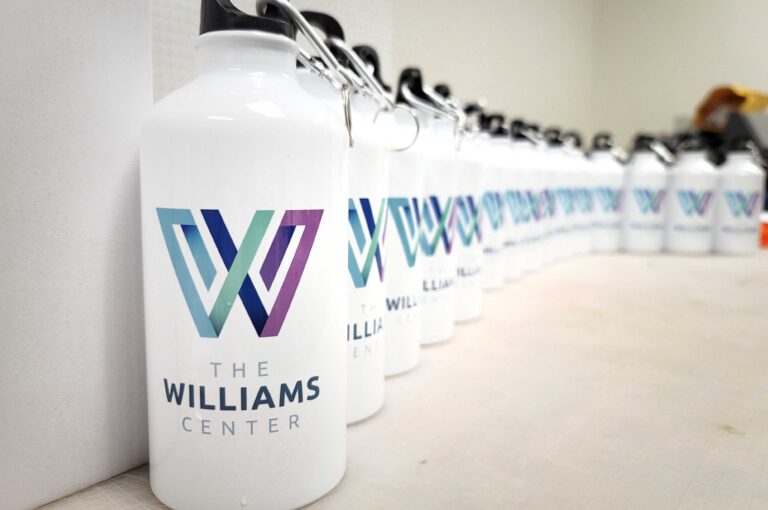Neural Matching Algorithm Updates Further Improving Google Capabilities & SEO Practices
Search — like humans — will never stop evolving.
It’s come such a long way already, and there’s no stopping now — or anytime soon.
One of the latest “big developments” as of late came in 2018 when Google released a research paper outlining new changes to its search algorithm called neural matching.
Neural matching is the act of transforming words to “fuzzier representations of the underlying concepts,” according to Google, then match those concepts in the search query with the concepts within the document.
This is, very literally, going beyond semantics and utilizing artificial intelligence (AI) to identify relationships of queries, concepts, and content to find the best results even when the exact words aren’t included on the page(s).
Understanding how the world of search is rapidly changing, this algorithm aims to cover 30% of search inquiries to more broadly match pages with keywords, according to Google’s Danny Sullivan.
The staples of search rankings will still be the same, but these neural matching updates will help to integrate both machine learning and voice search queries in a more robust way.
We don’t know exactly which search terms and industries will be affected by this algorithm change the most, but planning for neural matching should be a part of any Search Engine Optimization strategy.
Neural Matching vs. RankBrain
The machine-learning-driven RankBrain and Google’s process of neural matching are often thought to be synonymous.
But they’re not.
They’re different but share one thing in common: both help generate rank for new search queries using artificial intelligence.
RankBrain
Google RankBrain uses artificial intelligence to search and rank pages based on concepts rather than direct keyword matching. This will help pages rank for new search queries, as new search terms enter the economy every day.
According to Google, 15% of all search queries are new and RankBrain aims to understand web copy to better capture these new search terms.
Neural Matching
Neural matching works hand-in-hand with RankBrain to better understand user intent.
Compared with RankBrain, neural matching aims to use artificial intelligence to use keyword synonym-matching to expand rankings.
RankBrain focuses on the web page content; neural matching focuses on user intent with keyword synonyms.
What Does Neural Matching Mean for Content Creation?
Content is king and the industry of SEO is putting less emphasis on technical SEO ranking factors and more into the actual content being consumed. (That’s not to say that technical SEO is not important, though.)
These factors will act more as a gatekeeper, being a front-line defense for low-quality content across the web.
But, as more and more websites are being optimized, marketers need another level of ranking factors to further filter the best content for a user’s search terms.
The quality of content and usability of a website are now more important than ever.
Neural matching and RankBrain work together with artificial intelligence and machine learning to serve the best content possible.
Thus, businesses need to focus even more on great content that satisfies all applicable stages of user intent and can save some time (and headaches) by no longer focusing solely on keywords, anchor texts, and backlinks.
It’s important to communicate that, overall, this is not an overhaul of traditional SEO rules; these new algorithms should boost organic reach for healthy websites across the board, further improving the Organic Search eco-system and allowing the best, most relevant content to win the click.
If your brand needs content strategy and copywriting services, we’ve got your back at Elevation Ten Thousand.






